Tiny homes design is revolutionizing the way we think about living spaces, combining space-saving solutions with sustainable design to create efficient, compact, and eco-friendly homes.
In this comprehensive guide, we delve into all aspects of tiny home living, from the basics to advanced strategies for optimizing your small space.
Contents
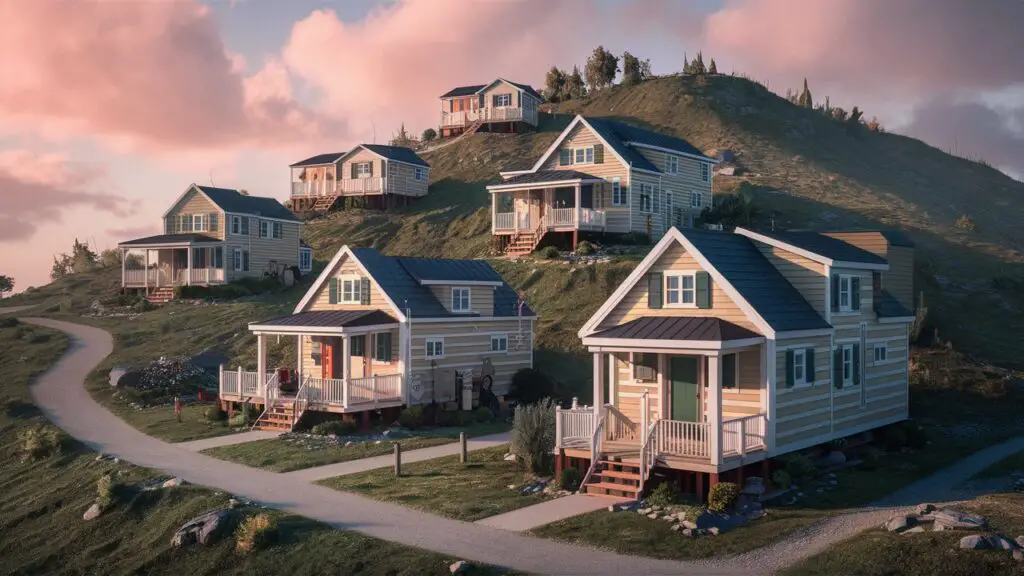
Introduction to Tiny Homes Design
What is Tiny Homes Design?
Tiny homes design is an innovative approach to creating living spaces that are small, efficient, and highly functional.
By prioritizing space-saving solutions and incorporating multi-functional spaces, tiny homes maximize every square foot of space.
This concept is not just about living in a small space but about living smartly within that space.
History and Evolution of Tiny Homes
The concept of small living spaces isn’t new; it dates back centuries. However, it has gained significant momentum in recent years due to the tiny house movement.
This movement embraces the idea of downsizing and minimalist living, encouraging people to live with less and focus on what truly matters.
Innovators continue to push the boundaries, resulting in today’s diverse and sophisticated tiny home designs.
The Benefits of Minimalist Living
Why Choose a Tiny Home?
Choosing a tiny home comes with numerous benefits. Downsizing can lead to reduced living costs, lower utility bills, and a smaller ecological footprint.
Living in a tiny home also aligns with the principles of minimalist living and can lead to a simpler, clutter-free lifestyle.
Additionally, tiny homes often utilize eco-friendly materials, making them a smart choice for those conscious of their environmental impact.
Emotional and Psychological Impact
Living in a tiny home offers significant emotional and psychological benefits. Many find that downsize their life leads to less stress and a greater sense of freedom.
By adopting a minimalist living approach, you can focus more on experiences and relationships rather than material possessions.
The intentionality behind tiny homes design encourages a balanced and fulfilling lifestyle.
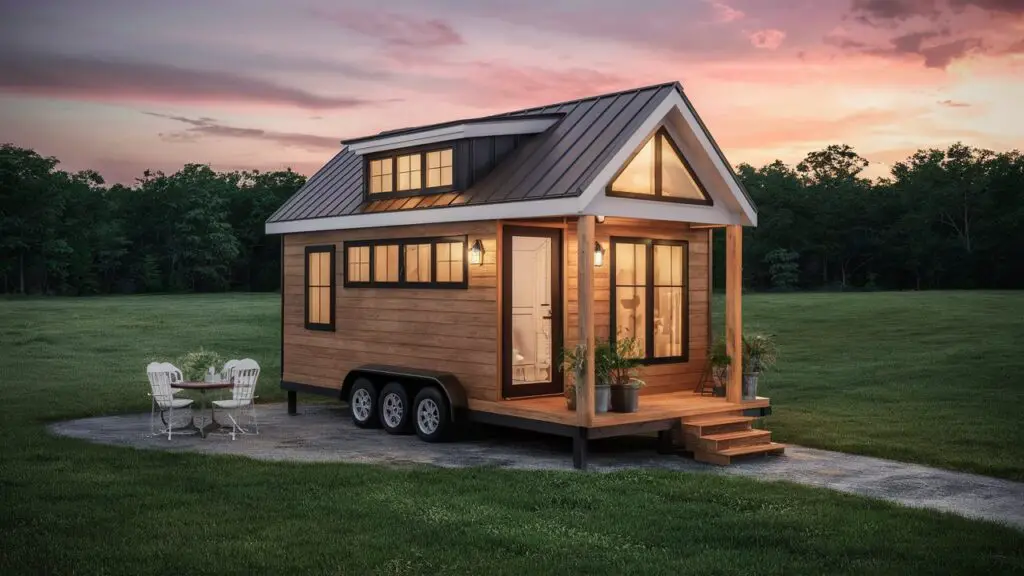
Space-Saving Solutions in Tiny Homes Design
Key Principles of Space-Saving Solutions
Efficient use of space is at the heart of tiny homes design.
Key principles include maximizing vertical storage, creating multi-functional spaces, and employing clever storage optimization.
Utilizing these principles, homeowners can create an environment where every inch serves a purpose.
Maximizing Every Inch: Expert Tips
- Vertical Storage: Use wall-mounted shelves and racks to keep the floor free.
- Transforming Furniture: Invest in items like Murphy beds that fold away when not in use.
- Open Floor Plans: Design spaces that flow seamlessly, reducing the need for walls and doors.
Implementing these space-saving solutions can dramatically enhance the livability of a tiny home, ensuring that it remains both functional and comfortable.
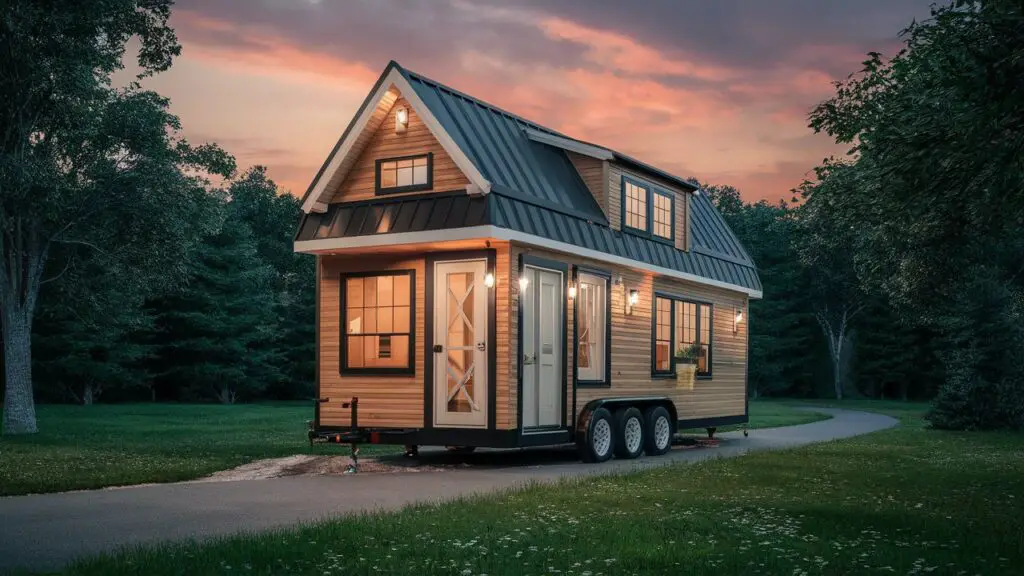
Optimizing Storage in a Tiny Home
Innovative Storage Ideas
Effective storage optimization is crucial in a tiny home. One innovative approach is to use loft beds, which allow for ample storage space underneath.
Built-in cabinets and drawers within the loft structure can further enhance utility. Additionally, Murphy beds offer an excellent solution for saving space in the sleeping area.
Specialized Storage Solutions
- Built-In Furniture: Custom-built shelves, drawers, and cabinets can greatly optimize available space.
- Creative Storage Ideas: Utilize every nook and cranny, such as the space under stairs or within seat benches.
- Vertical Storage: Employ hanging racks and tall cabinets to maximize height space.
These strategies not only ensure efficient storage optimization but also contribute to the overall aesthetic of the home.
Innovative Compact Furniture Options
The Best Space-Saving Furniture
Incorporating compact furniture into your tiny home is essential for maintaining a spacious feel.
The best space-saving furniture often features built-in storage or multi-functional capabilities.
Key examples include foldable tables and chairs, sofas that convert into beds, and transforming furniture that adapts to different needs throughout the day.
Combining Elegance with Efficiency
Balancing form and function is crucial in tiny homes design.
By selecting furniture that is both stylish and practical, you can create a living space that is aesthetically pleasing and highly functional.
Using pieces made from eco-friendly materials can further enhance both the look and sustainability of your home.
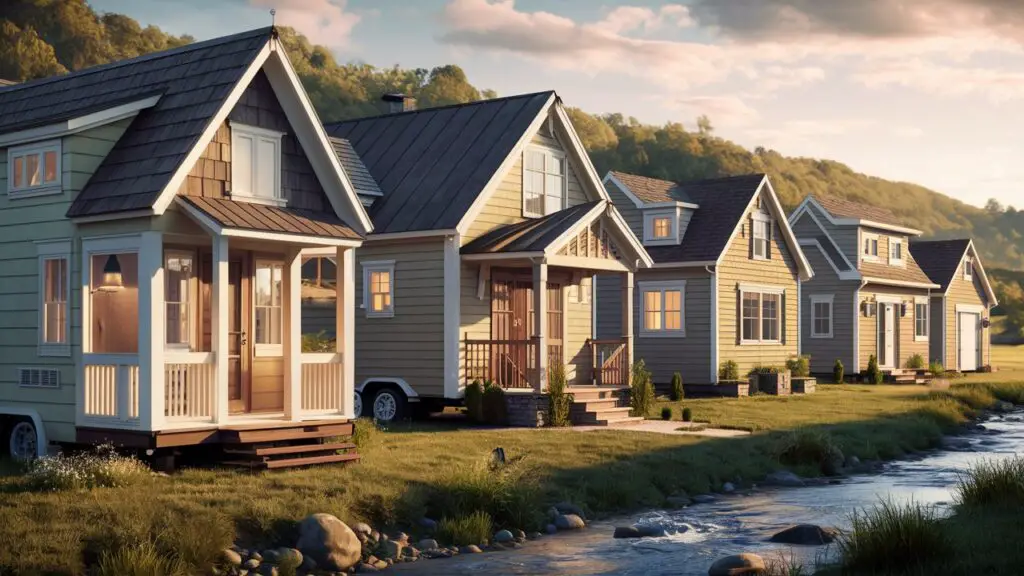
Creating Multi-Functional Spaces
Designing Multi-Functional Rooms
Creating multi-functional spaces is a cornerstone of tiny home living. This involves designing rooms that can serve multiple purposes.
such as a living room that doubles as a guest bedroom or an office that transforms into a dining area.
Examples of Multi-Functional Spaces in Action
- Living Room/Guest Bedroom: Use a Murphy bed or a fold-out sofa to create a dual-purpose space.
- Office/Dining Area: A foldable desk can serve as a workspace during the day and a dining table at night.
- Kitchen/Storage Area: Incorporate wall-mounted racks and compact, efficient appliances to optimize kitchen space.
These examples of multi-functional spaces illustrate the versatility and practicality inherent in well-designed tiny homes.
Sustainable and Off-Grid Living
Eco-Friendly Living in Tiny Homes
Tiny homes are often built with eco-friendly materials, which minimize their environmental impact.
By using sustainable resources like recycled steel, bamboo, or reclaimed wood, you can significantly reduce the carbon footprint of your home.
Additionally, a small footprint means you’ll use less energy for heating, cooling, and lighting.
Essential Off-Grid Living Systems
For those seeking off-grid living, tiny homes offer an ideal platform. Key systems include:
- Solar Power: Solar panels can provide a renewable energy source.
- Rainwater Harvesting: Collecting and using rainwater can significantly reduce water use.
- Composting Toilets: These eco-friendly toilets minimize waste and conserve water.
By implementing these systems, you can achieve a self-sustaining lifestyle that aligns with your values of sustainable design.
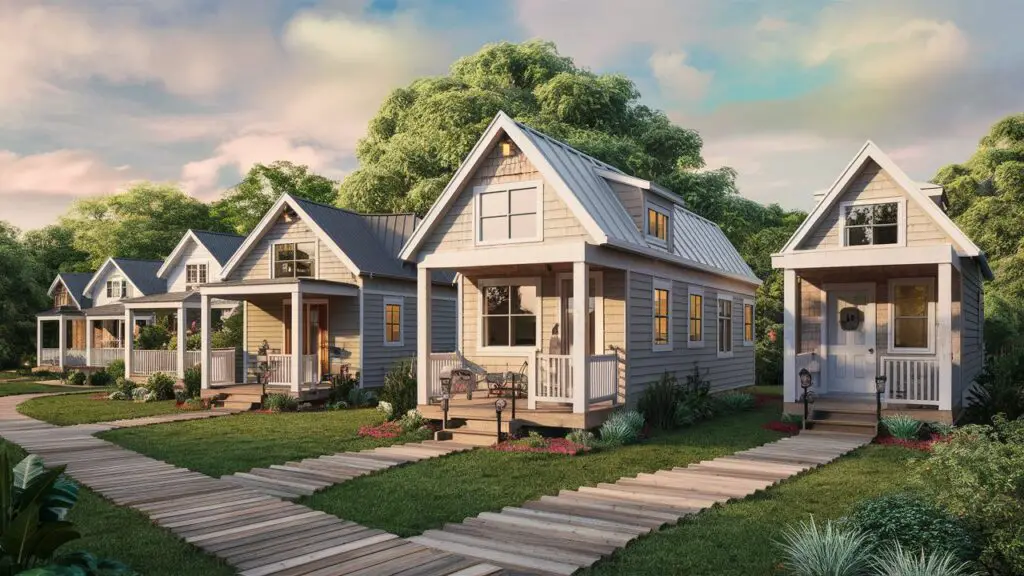
Zoning Regulations and Legal Considerations
Navigating Zoning Regulations
Understanding zoning regulations is crucial when planning a tiny home.
Regulations vary widely depending on location, so it’s essential to research local laws and requirements. These can affect everything from the size of your home to where it can be placed.
Building Codes and Compliance
Being aware of building codes is crucial for ensuring your tiny home meets all safety and legal requirements.
This includes aspects like electrical systems, plumbing, and structural integrity.
Understanding the rules for trailer-based homes can be particularly important if your home is mobile.
The Role of Modular Design in Tiny Homes
Advantages of Modular Design
Modular design offers unparalleled flexibility and adaptability. By using prefabricated modules, you can easily expand or modify your tiny home as your needs change.
This approach can also reduce construction time and costs, making it an appealing option for many.
Examples and Case Studies of Modular Design
Several successful tiny home projects have utilized modular design. For example:
- Example 1: A homeowner adds a bedroom module as their family grows.
- Example 2: An artist installs a studio module to create a dedicated workspace.
These examples highlight the versatility and practicality of modular construction.
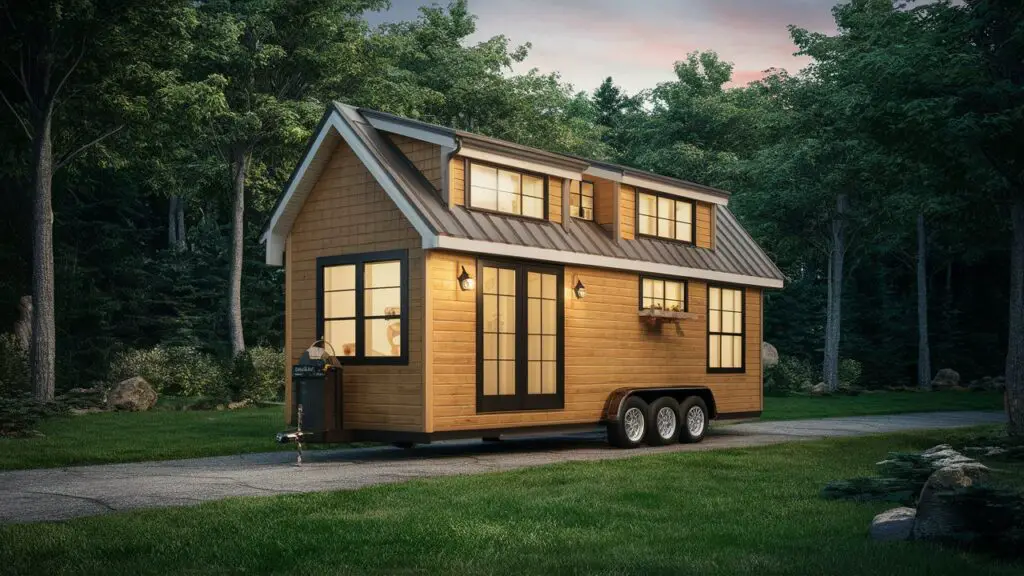
Innovative Built-In Furniture Concepts
Custom Built-In Furniture
Built-in furniture offers a bespoke solution to the unique challenges of a tiny home. Custom-built cabinets, shelving units, and seating can be designed to fit perfectly within your space, maximizing both utility and aesthetics.
Innovations in Built-In Storage and Seating
- Built-In Cabinets: Designed to fit snugly into walls and corners.
- Pull-Out Shelves: Provide easy access and maximize space.
- Integrated Seating: Benches with underlying storage compartments.
These innovations in built-in furniture exemplify the creativity and practicality that are hallmarks of excellent tiny home design.
Tips for Efficient Appliances and Natural Lighting
Selecting Efficient Appliances
Choosing efficient appliances is vital for maximizing space and reducing energy consumption.
Look for compact, multi-functional appliances like combination washer-dryers or mini-fridges with freezer sections.
Energy-efficient models can also help reduce your carbon footprint.
Maximizing Natural Lighting
Designing your tiny home to take full advantage of natural lighting can greatly enhance the living experience.
Large windows, skylights, and glass doors can bring in ample light, making the space feel larger and more inviting.
Strategically placed mirrors can also reflect light and give the illusion of more space.
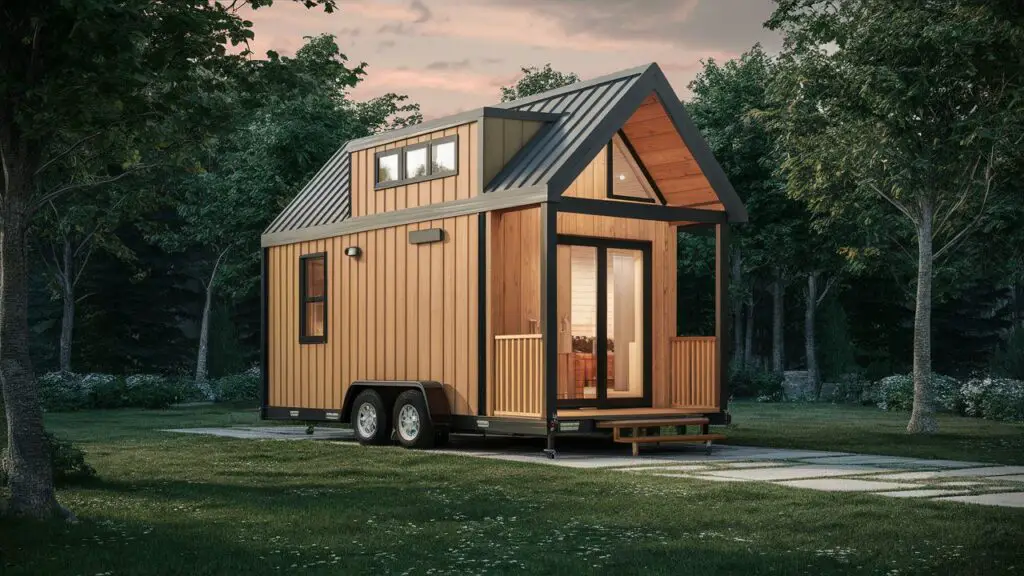
Tiny House Communities and the Tiny House Movement
Growing Tiny House Communities
Tiny house communities are becoming increasingly popular as more people embrace the tiny house movement.
These communities offer shared resources, a supportive network, and a sense of belonging.
The Future of Tiny Homes
The future of tiny homes looks promising, with continuous innovations in tiny homes design.
Trends to watch include advancements in modular design, wider adoption of off-grid living systems, and increased interest in tiny house communities.
As more people recognize the benefits of living small, the movement is likely to grow even further.
Frequently Asked Questions (FAQs)
-
What are the main benefits of living in a tiny home?
Downsizing results in cost savings, a smaller ecological footprint, and less clutter, promoting a simpler lifestyle.
-
How do I maximize storage in a tiny home?
Use vertical storage, built-in furniture, and multi-functional spaces to make the most of your limited space.
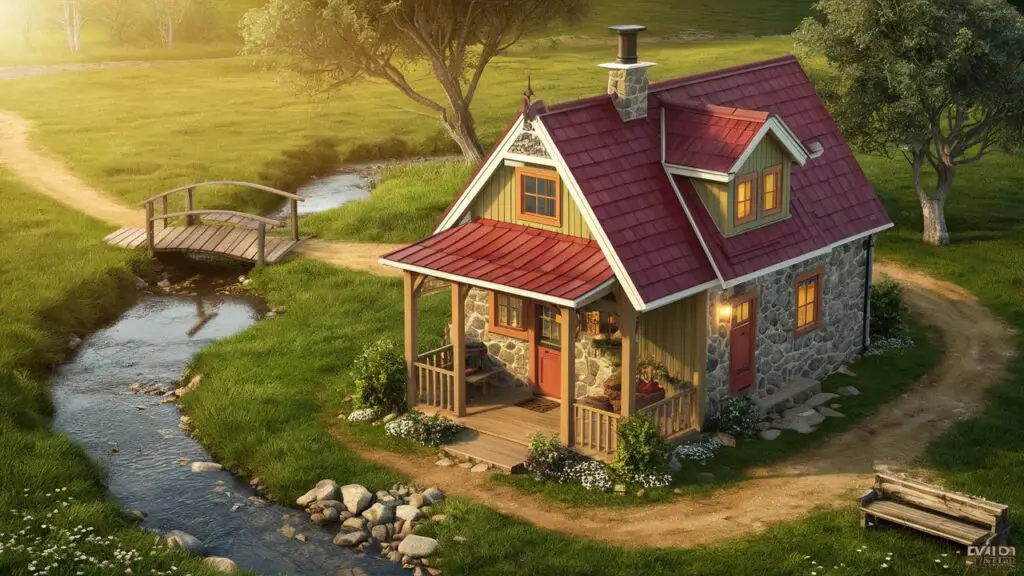
Conclusion
Summary of Key Points
Tiny homes design combines space-saving solutions with sustainable design to create efficient and functional living spaces.
Minimalist living not only helps in downsizing but also enhances your quality of life.
Incorporating compact furniture and multi-functional spaces ensures you make the most of your limited square footage.
Off-grid living supported by systems like solar power and rainwater harvesting is a valuable aspect of this lifestyle.
Final Thoughts
The tiny house movement continues to grow as more people recognize the benefits of living in a small, efficient space.
Whether you are drawn by the financial savings, the environmental impact, or the appeal of portable housing, tiny homes design offers a sustainable and fulfilling way to live.
By staying informed and innovative, you can create a tiny home that perfectly suits your lifestyle and values.
This blog post provides an extensive exploration of tiny homes design, offering valuable insights and practical solutions for anyone interested in embracing this modern approach to living.
By integrating these strategies and utilizing the provided examples and tips, you can make the most of your tiny living experience.

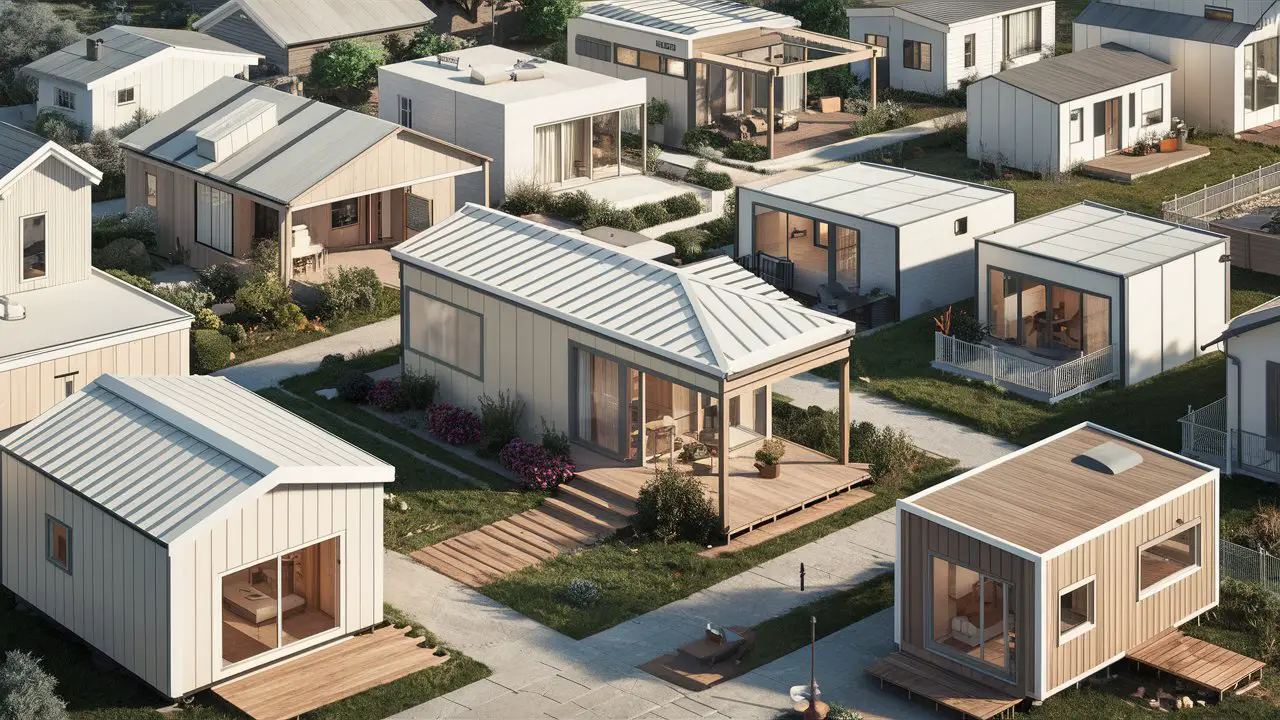
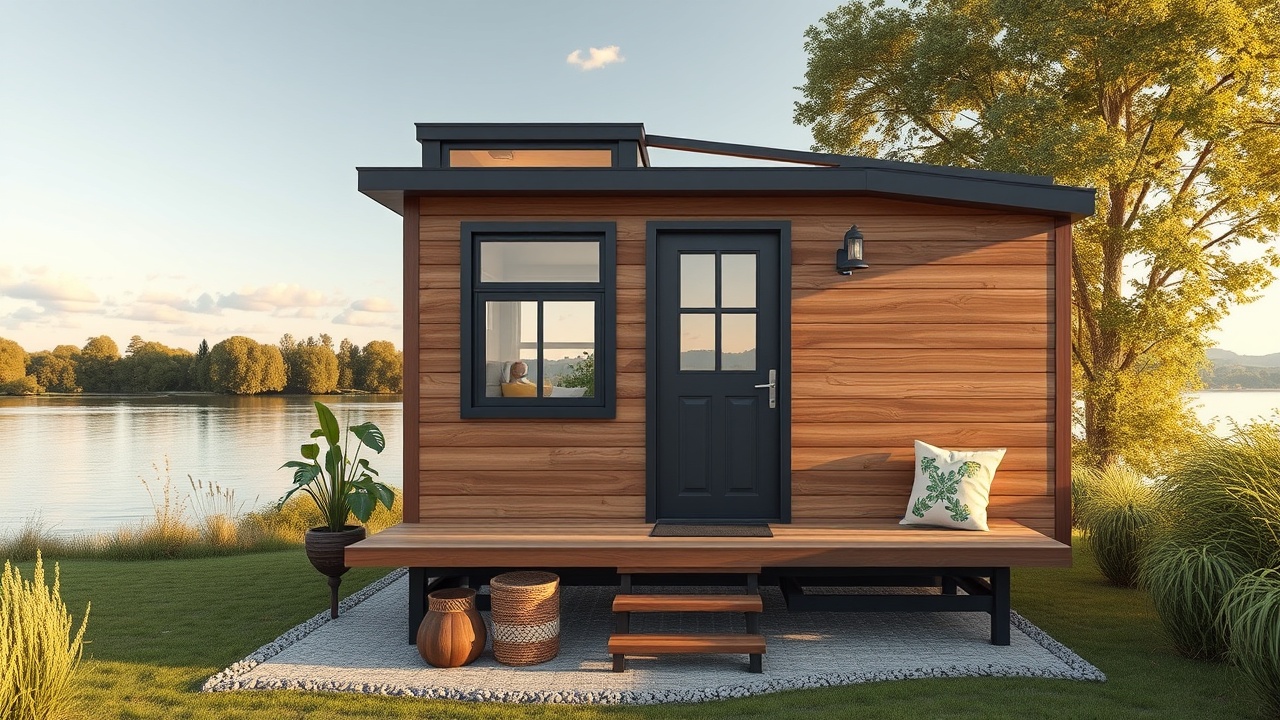
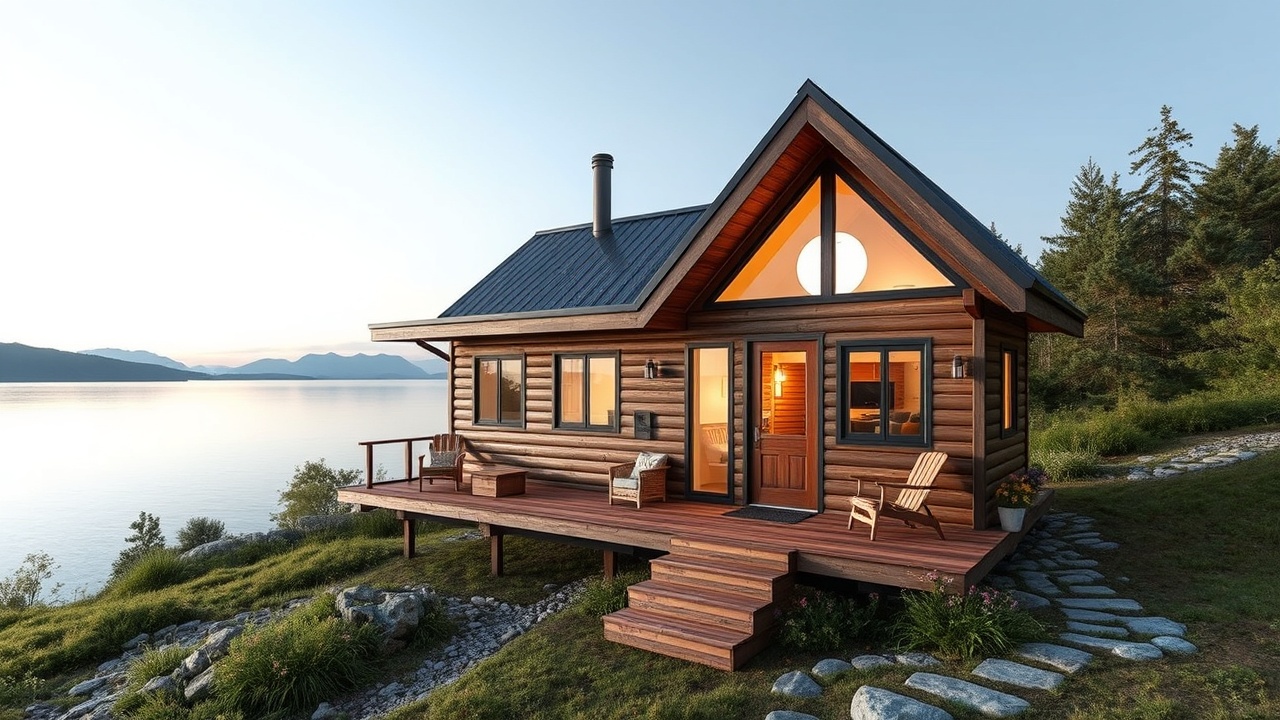
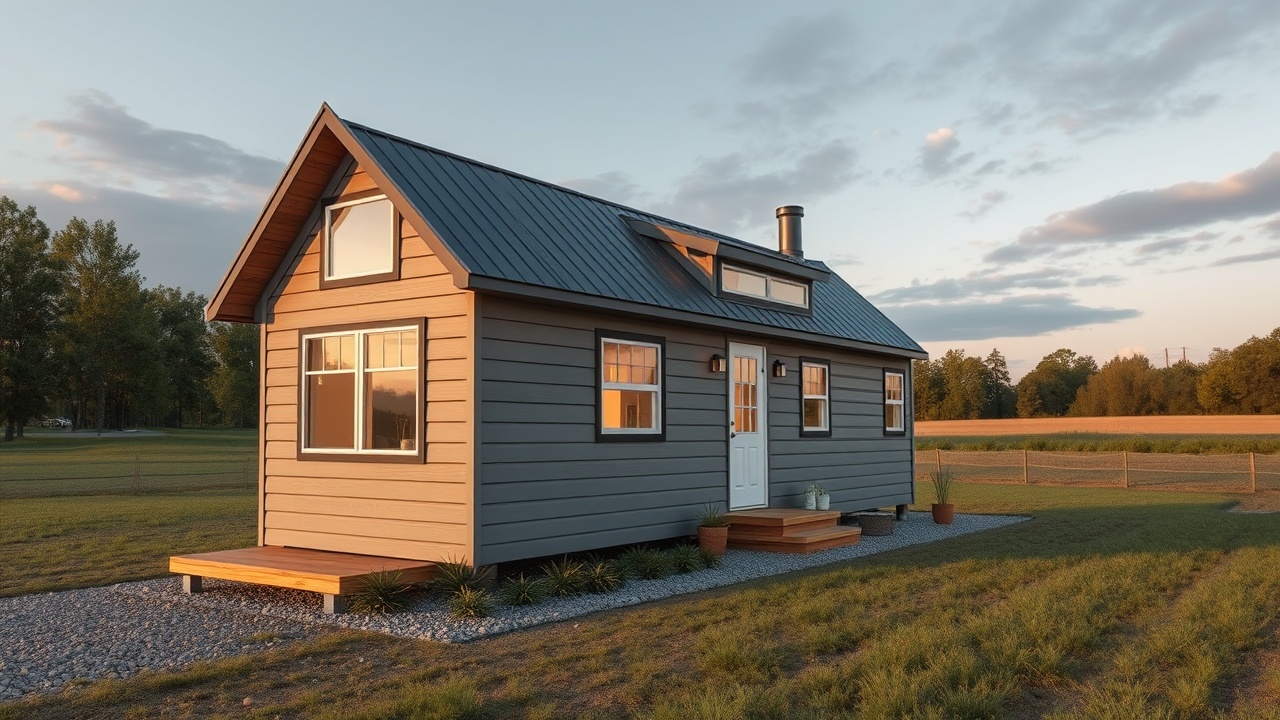
Leave a Reply